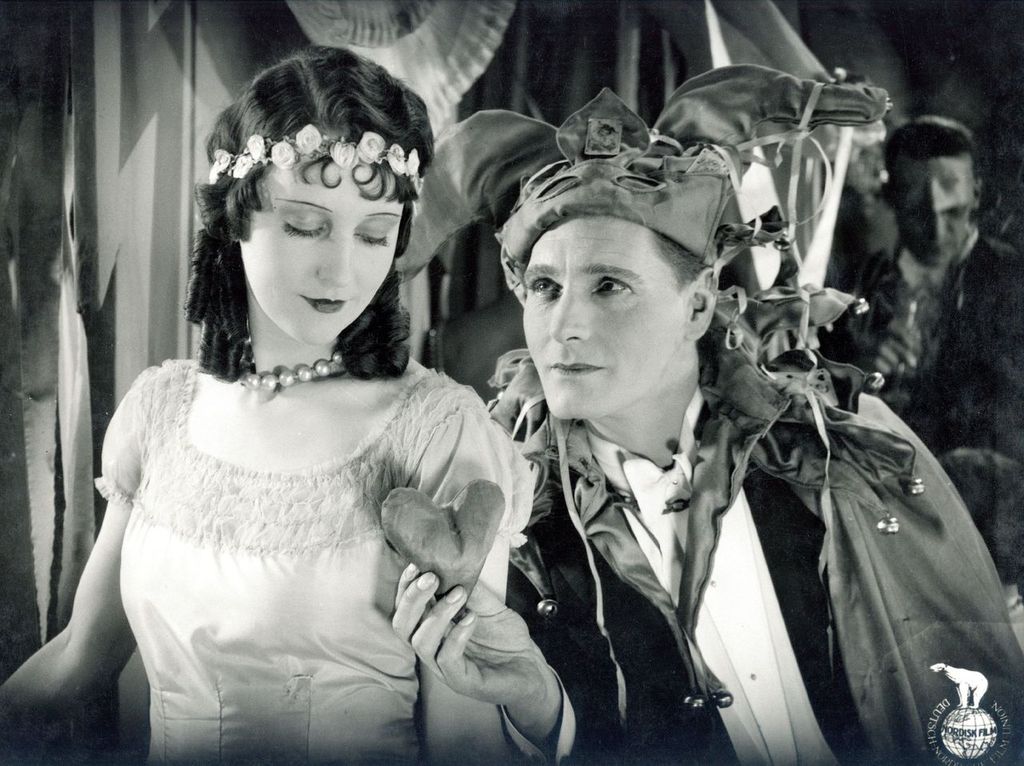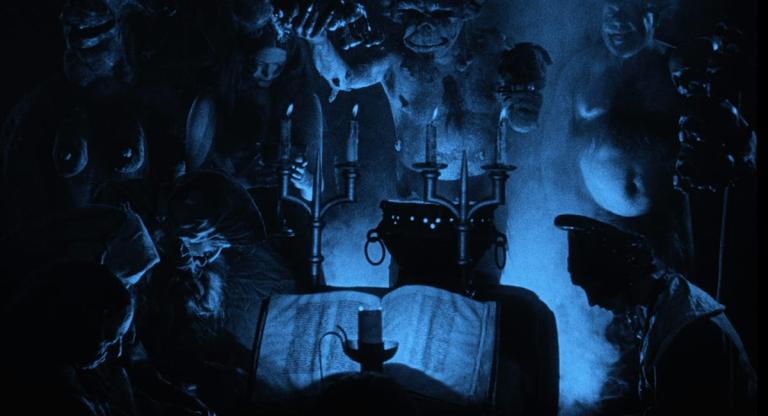The Joker (1928) has nothing to do with the clown prince of crime that has paraded comic book movies for the last four decades. Instead, this silent feature parades a series of shifting identities and cunning ruses within a carnivalesque atmosphere. Through technically a Danish production, Nordisk Films produced The Joker as part of the Film Europe Movement, which sought to battle Hollywood dominance by establishing a Pan-European film culture and style by pooling together studio resources across borders. As the film scholar Kristin Thompson notes, “With a larger guaranteed export, budgets for their individual films could also be raised. Such films still might not be able to enter the closed American market easily, but they could compete on more equal terms with the Hollywood product in such important markets as South America and Australia.” The Joker was one of the most expensive productions within this collaborative environment with a German director (Georg Jacoby), an English stage play as its source, location shooting on the French Riviera, and actors from across the entire continent (most notably, English actor-and-director Henry Edwards).
The eponymous Joker is our protagonist: Peter Castairs (Edwards) as an Englishmen who is “unbeatable at cards, in sports, and with women”; he uses a joker as his calling card. While enjoying the Riviera during Carnival, he stumbles into a drama between a sniveling, money hungry low-class lawyer (Miles Mander, best known for roles in sound films like 1942’s To Be or Not to Be and 1939’s The Three Musketeers) and a pair of sisters (Elga Brink and Renée Héribel) hiding a secret past. Castairs navigates the plot with romance in his eyes and honor in his heart. Ironically, most of his actions, though good-hearted in nature, end up backfiring until he learns how to beat the lawyer’s attempts to gain monetary and social distinction .
Jacoby, a German cinema workhorse who focused on farces and musicals (up to, and including during, the Nazi era) has a good sense for atmosphere if a standard directorial style. However, he brings a travelog-like fascination to the towering paper maché statues parading throughout town during the film’s Carnival sequences. The main hotel where the action takes place features a party with dozens upon dozens of extras all playing out little subplots in the corners of the frame, all the while a constructed pair of giant female legs tower over them. The space allows for little dramas to play out in side-rooms as Castairs sleuths around and uses the exuberant chaos of the party to engineer a happy ending for the sisters. Ultimately, the Carnival in the film creates a folie à deux to ensure that despite heavy emotions at its center, The Joker keeps it light.
The Joker screens this Saturday, April 13, at the Palace of Fine Arts Theatre as part of the San Francisco Silent Film Festival. Live music by Stephen Horne and Frank Bockius will accompany the screening.





